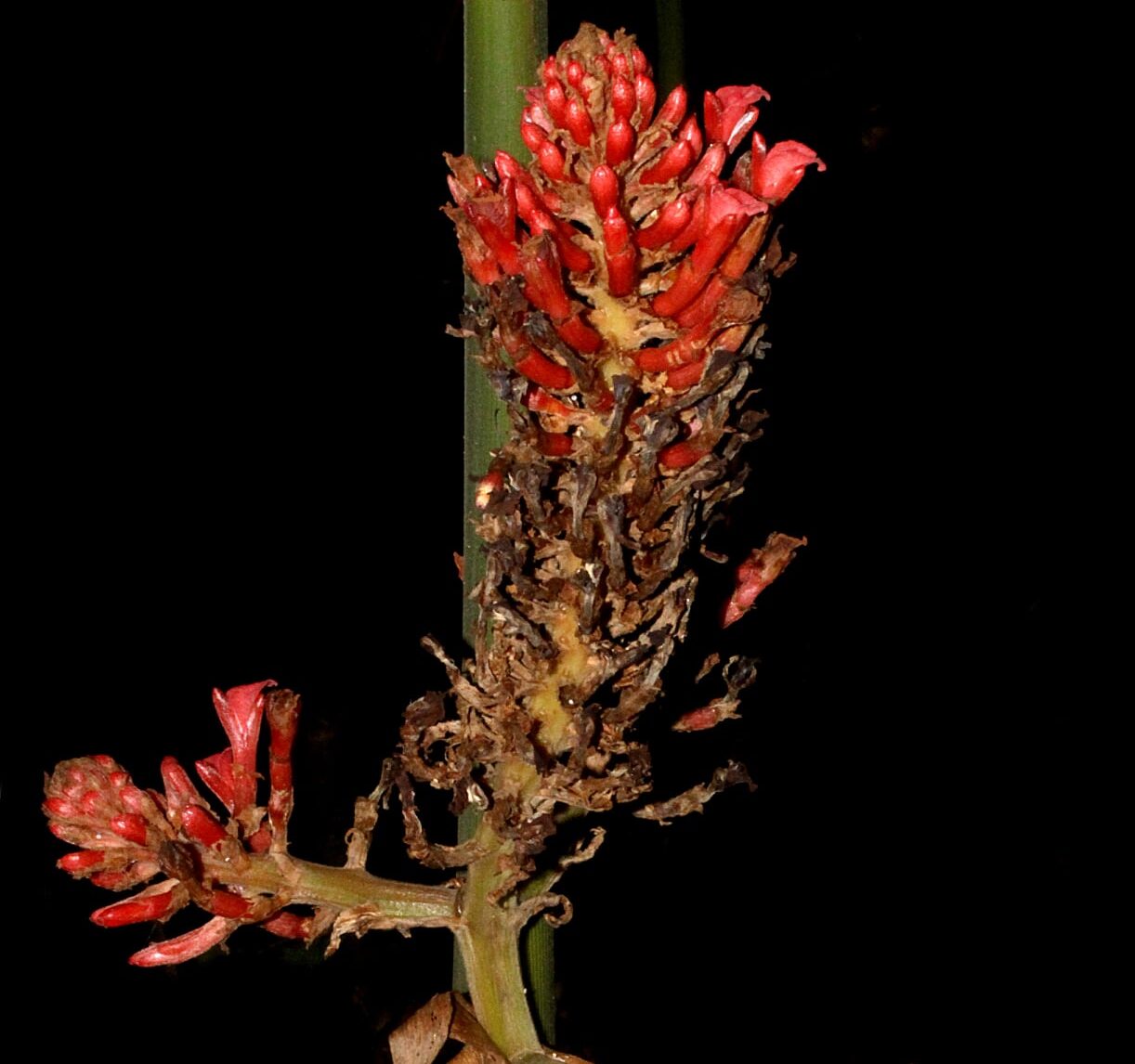New ginger species found in Mindanao

DAVAO CITY—Five botanists, mostly from Mindanao, have discovered a new ginger species in the mountains of Zamboanga del Norte, Surigao del Norte and Surigao del Sur. This brings to 18 the total number of known ginger species in the Philippines, 12 of them endemic to the country, according to a study published in the Journal of Asia-Pacific Biodiversity in October.
Under the International Union for Conservation of Nature red list criteria, the new species, named Etlingera lacerata Naive, has been considered endangered as it was found growing in a forest that is not designated as a protected area; and in the case of Surigao del Norte and Surigao del Sur, is threatened by undergoing road expansion in the area.
Botanists Mark Arcebal K. Naive from the University of Chinese Academy of Sciences in Beijing and Eddie Mondejar of Mindanao State University (MSU) in Iligan City found the still unknown species in an expedition to Mt. Gutom, Zamboanga del Norte in June this year; while Jeco Jed J. Ruales and Darlo Novo M. Beltran from Caraga State University in Butuan City found it in the forests of Surigao del Norte in June. The same species was found in Surigao del Sur by Ralph Rj E. Rozano of MSU Marawi in July.
The botanists said they meticulously studied the morphology of the new species, compared it with other specimens in the Philippines and neighboring countries, and “determined that the collected specimen does not correspond to any known species.”
“Therefore, we formally describe it here as Etlingera lacerata Naive, a species new to science and the 18th representative of the genus discovered in the Philippines,” they said.
Endemic to Mindanao, the new ginger was found thriving in the secondary lowland forest of Zamboanga del Norte under deeply shaded conditions with moist soil and elevations of 900-950 meters above sea level.
In Surigao del Norte and Surigao del Sur, the botanists observed it growing alongside other ginger species in a secondary dipterocarp forest, also under shaded conditions and at an elevation of 728 above sea level.
The species is observed to flower and fruit in June. Locals reported it to be edible.





















